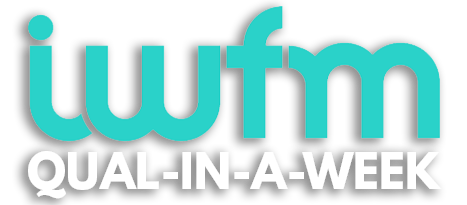Hi,
Let’s kick off this week’s newsletter with some great news – following on from the new website launch, the archive of all of our previous newsletters is now live!
We’ve called it The Vault, and you can access it here.
So now you have the complete back catalogue of all of these e-mails and their FM info. This is only available to newsletter subscribers, so you’re part of an exclusive club.
Anyway, on to this week’s topic. Last week we covered the topic of stakeholder analysis and we mentioned that there are 4 categories that we need to take into account when considering stakeholder interests.
If you need a refresher, you can view last week’s newsletter here.
This week, we’re taking a look at the first of these categories – cost and financial performance.
Cost and Financial Performance
It is generally accepted that we do not mind paying for goods and services if the quality is good and meets the requirements but if a customer feels that he or she is paying over the odds for a substandard service then relationships between customer and supplier are bound to suffer. Cost linked with satisfactory service is a key driver in ensuring good customer relations.
Organisations within the private sector may have stakeholders who have a financial interest in the organisation – shareholders. If an organisation is performing well financially, the value of the shares will increase and the financial shareholders can reap the rewards should they choose to dispose of their shares.
Poor financial performance is often a result of poor business strategy set by the Board of Directors of a company and therefore the relationship between the directors and the shareholders will suffer.
In practice, shareholder dissatisfaction with the accounts would usually reflect an underlying problem — for example, if the shareholders felt that the directors were trying to mislead them or to run the company for the directors’ benefit. The shareholders might then take action.
Shareholders can call for the dismissal of a director or, in the worst case scenario, can call for legal action to be taken.
In the public sector, whilst it is less likely that the organisation will lose customers, the financial performance of a service or institution can have a marked effect on the relations between the organisation and the various stakeholders. Financial problems in a hospital, for example, could lead to a fall in service levels and/or loss of jobs, both of which would have a significant impact on the local community.
That’s all for now
There we have it folks, the first of four main categories to consider when considering stakeholders.
Next week we’ll be moving onto the second – legal and statutory compliance.
But for now, have a great week!
Chris and the Xenon Team
P.S. If you haven’t already studied or started studying for an IWFM qualification, which will cover topics like this in depth and fully assess your understanding, you may want to have a look at our guide to the IWFM Qualifications which will give you a full breakdown of how they work and what’s involved in the different levels. You can download it here.
P.P.S. If you’re already considering taking a qualification but don’t know which level to go for, a good starting point is our One-Minute-Leveller tool, which will ask you a few questions and give you a recommendation based on the result. You can access it here.



